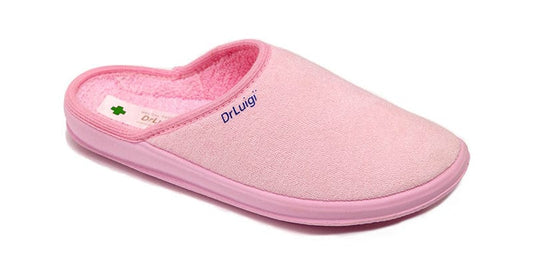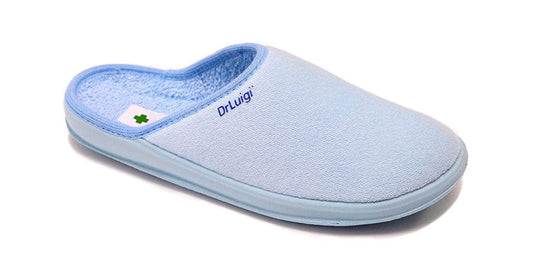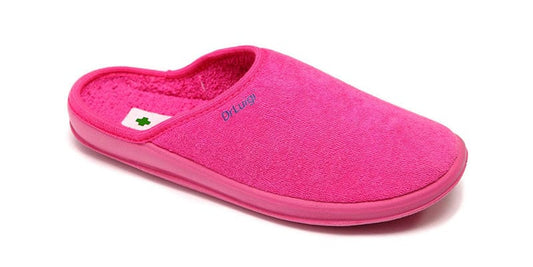The skin around the toenail can turn red due to various reasons, some of which may require medical attention. Below are common causes and treatment options:
1. Infection:
- Bacterial or fungal infections can lead to redness, inflammation, and tenderness around the toenail, especially if the skin is broken.
- Treatment: Antibiotics are used for bacterial infections, while antifungal medication may be needed for fungal infections. Severe cases may require removal of the infected toenail.
2. Ingrown Toenail:
- Ingrown toenails occur when the nail grows into the surrounding skin, causing redness, swelling, and discomfort.
- Treatment: Soaking the foot in warm water, wearing comfortable shoes, and trimming the toenail straight across can help. In severe cases, surgery may be necessary to remove the ingrown part of the nail.
3. Trauma:
- Stubbing toes or dropping heavy objects on them can lead to redness, swelling, and pain around the toenail.
- Treatment: Rest, ice, elevation of the injured foot, and over-the-counter pain relievers can help manage pain and swelling.
4. Allergic Reaction:
- Allergic reactions to substances like nail polish or lotions can cause redness, itching, swelling, and even blisters around the toenail.
- Treatment: Identify and avoid the triggering substance. Over-the-counter antihistamines may help alleviate symptoms.
5. Psoriasis:
- Psoriasis, an autoimmune disease, can result in red, scaly patches of skin around the toenail.
- Treatment: Topical medications, oral medications, and light therapy are common treatment options for managing psoriasis symptoms.
6. Eczema:
- Eczema can cause red, itchy, and irritated skin, including the skin surrounding the toes.
- Treatment: Topical corticosteroids, moisturizers, and avoiding triggers can help manage eczema flare-ups.
If you experience persistent redness or other concerning symptoms around the toenail, it's essential to consult a healthcare professional for proper diagnosis and treatment.





